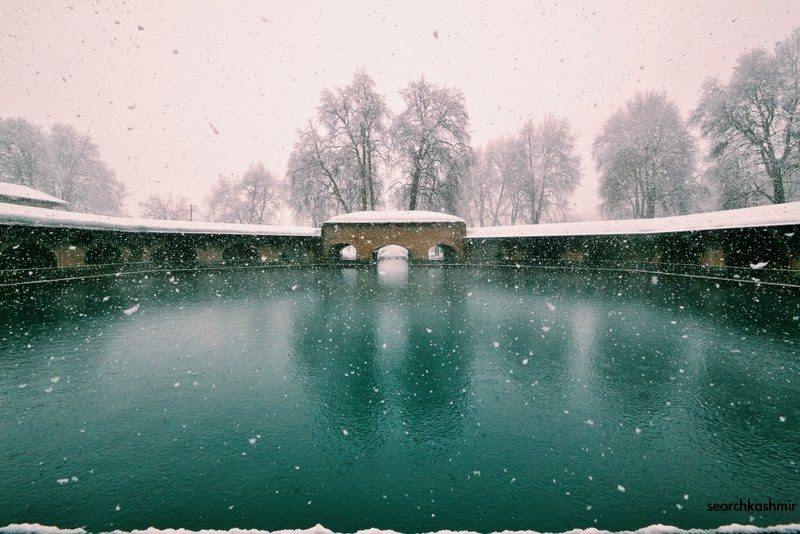“The tendency of the Hindu inhabitants of Cashmere, to localise in his own small, though levelly valley the fabled incidents of his religion, common to all lands where the Brahminical faith prevails, is, I believe generally known. In putting on record, therefore, a few notes on the pilgrimages of Cashmere, I may be, perhaps merely on a small scale, assigning to local spots the fables which more properly belong to the entire Hindu Pantheon, and have their localities elsewhere in Hindustan.”
by Major D. F. Newall, R. A.
from travels in Kashmir valley in 1866
from
Journal of the Asiatic Society of Bengal
Volume XXXV, Issue IV, 1867
Pilgrimages covered, along with routes and other details:
1. Amarnath
Fourteen places for bathing (snan)
Stops:
Srinagar, Pandrethon, Padinapore,Jubroroo(?), Awantipore, Hurriepore (?), Wagahamoo, Husti-ki-nar-Nargum, Chakredhar, Deojie-zan,Wuzzeeshur,Hurrrichundra Raj, Tejwarrah, Soorie Goophar, Succur-gaom, Buddraroo, Sullur, Ganeshbul, Neela Gunga, Tanashur, Panch Taringini, Amreeshur,
2. Hur Moktur Gunga (Gungabul)
four days before mid summer.
Vecha Kund (Vichar Nag), about a mile from the shores of Dul Lake on road towards Lar.
Walk along marshes of Hakrit Bul, reach Gundoor Nagar.
Mahirji gaon
Numoor
Karrung-ka-Nuddue
Ramaradun
Mahulish Merg
Mumsadar
Mundi-Kettur
Gangbul
Nara Nag
Wangut
Woosun
Ends back at Vichar Nag
3. Pilgrimage to Martund
Seven places for snan
Deokie Yar
Doomia Shrum
Anant Nag
Gutim Nag
Charkabul
Ends at Anant Nag
4. Pilgrimage to Vitasta Kund
Ten places for snan
Sooneyar
Gunpatyaar
Mullyar
Shriya
Bijbehara
Waupoosh, a part of old Bijbehara
Hur Nag
Virnag
[reference in paper to ‘Keer Bownie’…Khir Bhawani…]
Vitasta Kund
Kootee Teerut via Baramula
5. Pilgrimage to Suhoojun Teerut
Three places for snan
Mahadamuttie
Luhoojun (fire from earth). Pandits cook rice.
Return to Mahadamuttie
6. Pilgrimage to Kapal Muchan
Taken by grave sinner
7. Pilgrimage to Sheeva DEvi
In Bring Pergunnah. For old people.
Shahabad towards Meribul Pass
8. Pilgrimage to Kunhyie Matar
Four places for Snan
Related to draining of valley.
Baramula
Papaharun Nag
Kinchijie Matar
Return to Baramula
9. Pilgrimage to Teiposh Kur
Two places for snan
In Bongil Pergunna.
Karg
10. Second pilgrimage to Vitasta Kund
Eight places of snan
Kanibul
Meeting point of Vitasta, Sumbooderi and Rhiddur (Lidder)
Deokie Zar
Bejbehara
Sungum
Shriya
Mullyar
Gunputyar
Soomyar
Baramula
11. Pilgrimage of Raja Bhageerut, deity of Vitasta.
Ten places of snan
Kanibul
Sumbooderi Tirat
Deokieyar
Bijbehara
Sungum
Shriya
Mullyar
Gunpatyar
Soomyar
Baramula
-0-
Paper uploaded and can be accessed here at archive.org




















